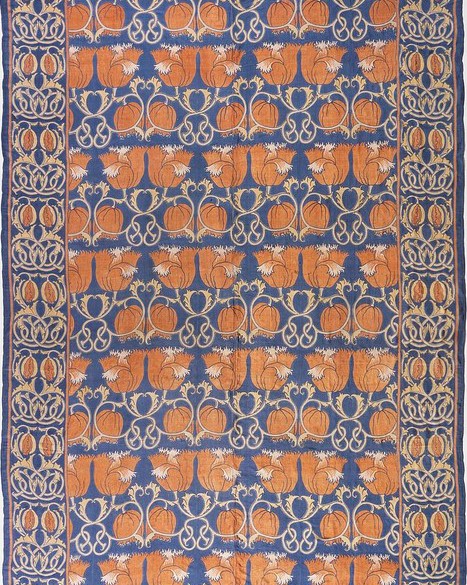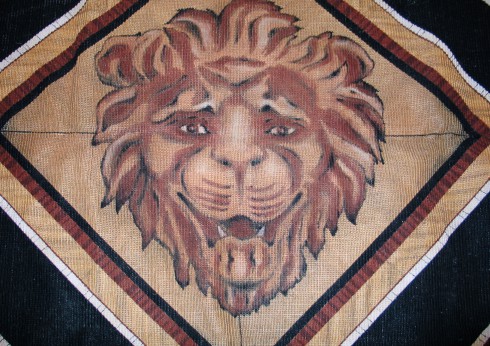The French Modernist Rug

THE FRENCH MODERNIST RUG - Avant-garde leanings, coupled with a profound admiration for the arts.
At the turn of the 20th century, a new art movement began taking shape in France, revolutionizing everything from fine art and interior design to fashion and handmade merchandise. The movement, which would later become known as art deco, breathed new life into an otherwise classically-oriented culture; yet it was spurred by culture itself, owing its inspiration to vast developments and changes in society and industry.
Influenced by other existing styles of the time, including art nouveau and cubism, art deco brought a definitive boldness to the art of rug making in particular. Yet, its true impact wouldn’t be felt until 1925, when the Exposition Internationale des Arts Decoratifs et Industriels Modernes took place in Paris, France, which is also when the style swiftly reached its artistic apex.
Though the traditional stylings of Persian, Turkish and Oriental rugs continued to be popular among collectors, a dramatic shift resulted from the Paris Exposition. Avant-garde leanings, coupled with a profound admiration for the arts brought on by the Arts and Crafts Movement, diverted Europe’s attention away from the conventional to an exciting, and even audacious, appreciation of the artist over their creation.
In many ways, the French modernist rug played as the opposition to other French rugs being produced at the time, namely Savonnerie and Aubusson rugs. Where these traditional rugs reflected French motifs in a fundamentally traditional fashion, French modernist rugs existed as an experimental departure that closely matched the spirit of modernism. This spirit appealed heavily to the middle class especially, who sought to deviate from, and possibly even extinguish, the authoritarianism of the upper class which had persisted for centuries.
While rug designs up to this time had predominantly featured floral, figurative and medallion arrangements – and usually quite ornately – French modernist rugs were largely minimalist in their design. If anything, their concentration was centered principally on fearless color schemes and abstract patterns that in many ways were excused from the confines of symmetry, and even the less well-defined, but similarly limiting bounds of asymmetry.
As a result of the movement’s popularity, countless schools teaching the art of rug making opened up across Europe to communicate the art of carpet weaving and textile arts to students. Nevertheless, the art deco and other modernist movements began to fizzle out in the late 1930s, after only a short period of influence on French and European culture. And just a short time later, World War II and the Great Depression both entered, effectively snuffing out the rest of the movement’s remaining embers.
Thankfully, interest in the French modernist movement, along with art deco, was reawakened by scholars just a few decades later. Though its transition into the marketplace has been slower than its academic revival, French modernist rugs have grown to become respected more and more by collectors and those who have been newly initiated to an appreciation of the art. Because of this, the French modernist rug is again becoming an aesthetic staple to those who are seeking out a more novel and vibrant approach to home décor.

